10 of Norway's Most Breathtaking Stave Churches
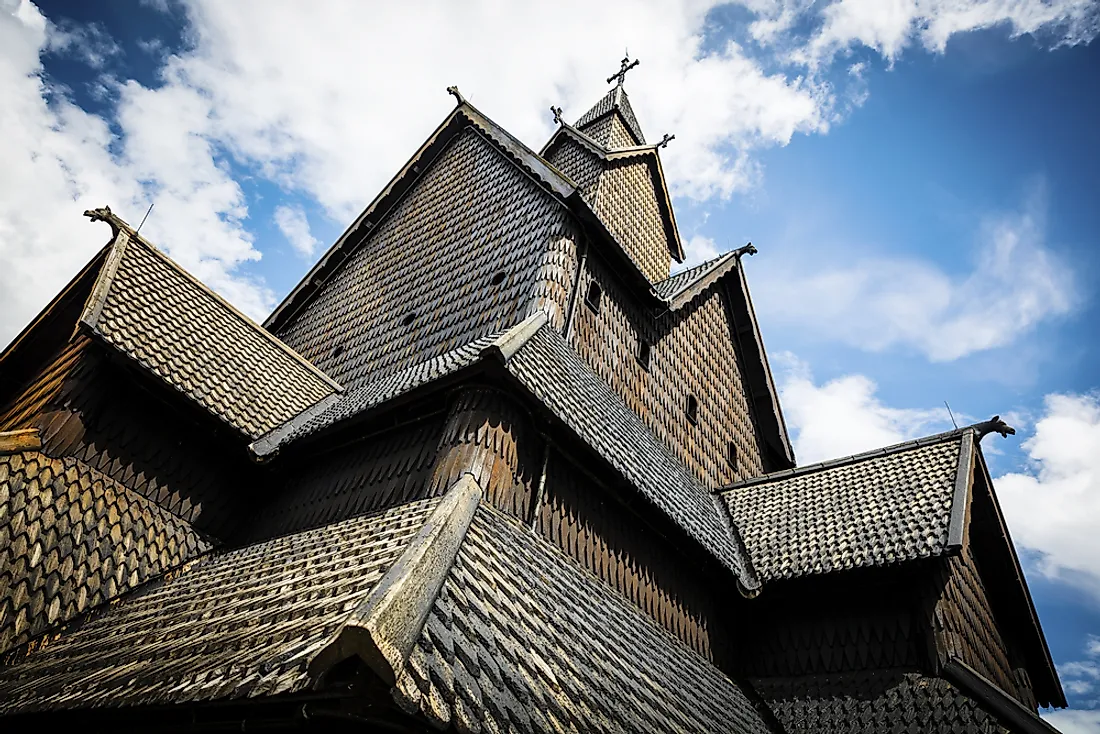
A stave church is a medieval Christian church building made of wood. This church is characterized by its constructional structure of post and lintel. Once common in Northwestern Europe, most of today’s surviving stave churches are in Norway, and they were built in the 12th and 13th centuries and offered breathtaking views to visitors in Norway. Stave churches presently are hardly used as churches, and most of them are museums. However, some of these stave churches that are still used for religious functions and others serving as parish churches.
10. Borgund Stave Church
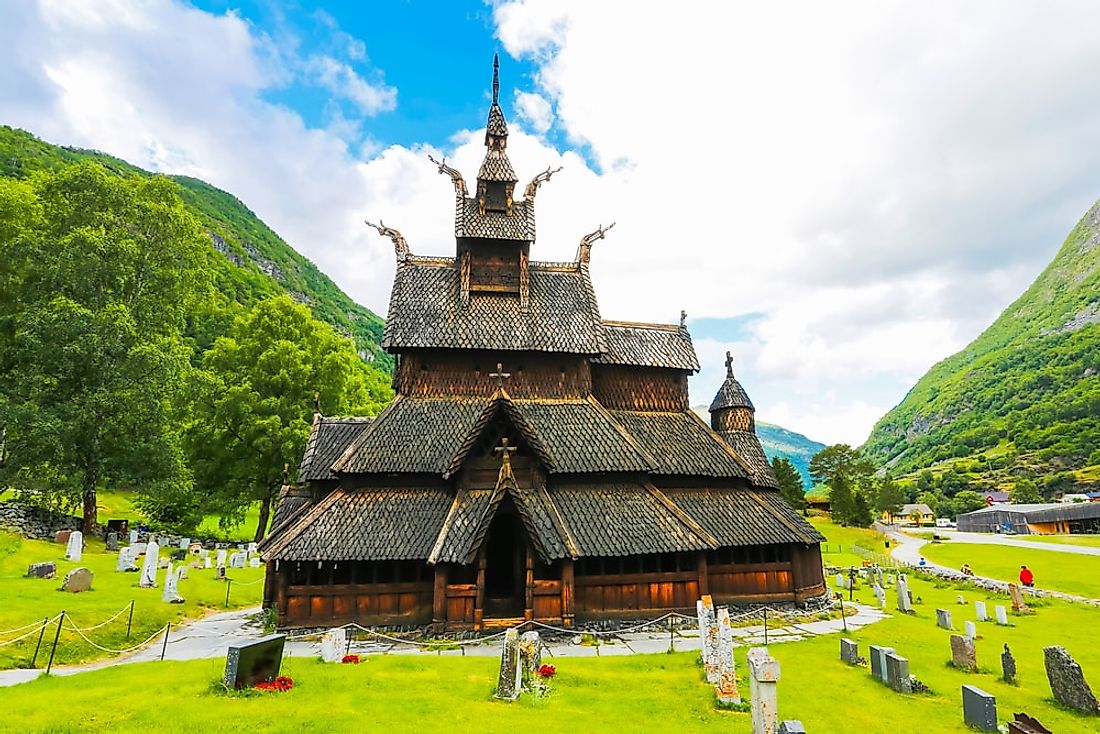
The Borgund church was constructed between 1180 and 1250 AD. The Borgund church boasts of being the most preserved of all stave churches. This church was constructed with a basilica layout with a raised central nave. The church has four carved dragon heads on its overhanging roofs that were once used for drainage. The west portal of the church has several inscriptions. Since 1868, the church has not been used for religious purposes and is now used as a public museum.
9. Urnes Stave Church
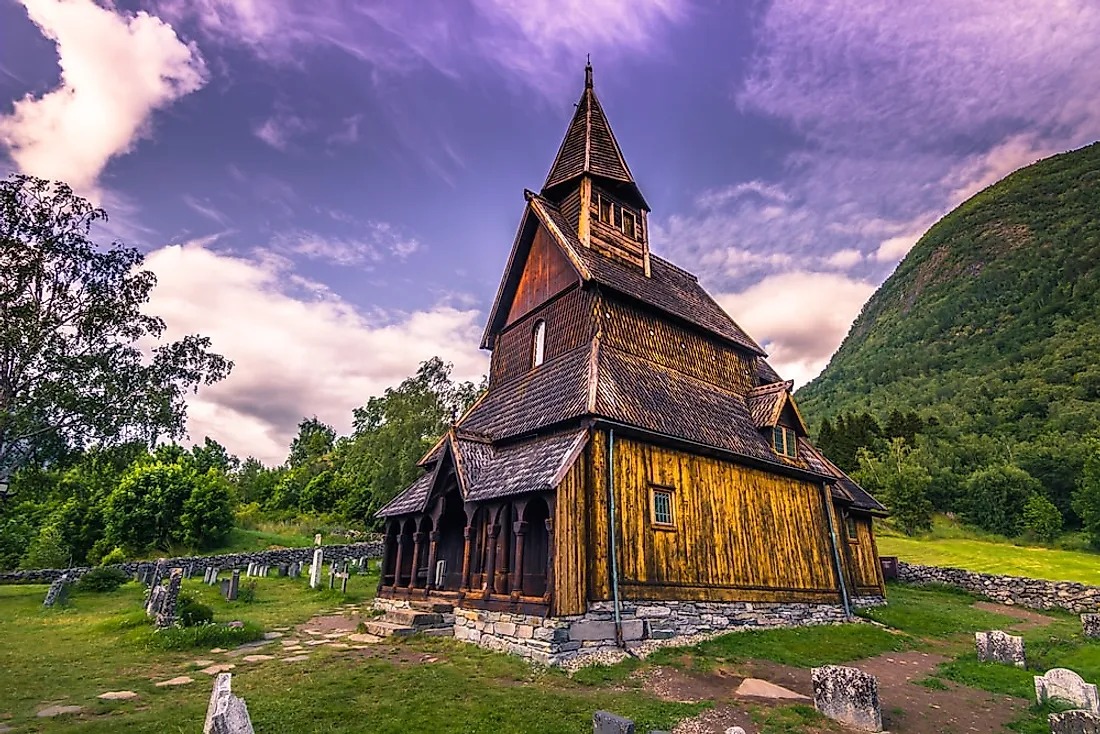
The Urnes Stave Church was completed in 1132 and is located at Ornes in Sogn og Fjordane County in Norway. The church is a beautiful representation of both Christianity and the Viking religion, and inside the church are many images of animals. In the year 1881, the Society for the Preservation of Norwegian Ancient Monuments took ownership of Urnes church. The Urnes church was later listed as a World Heritage Site in 1979 by UNESCO. The church is no longer used for religious functions although some of the locals use it as a venue for weddings.
8. Eidsborg Stave Church
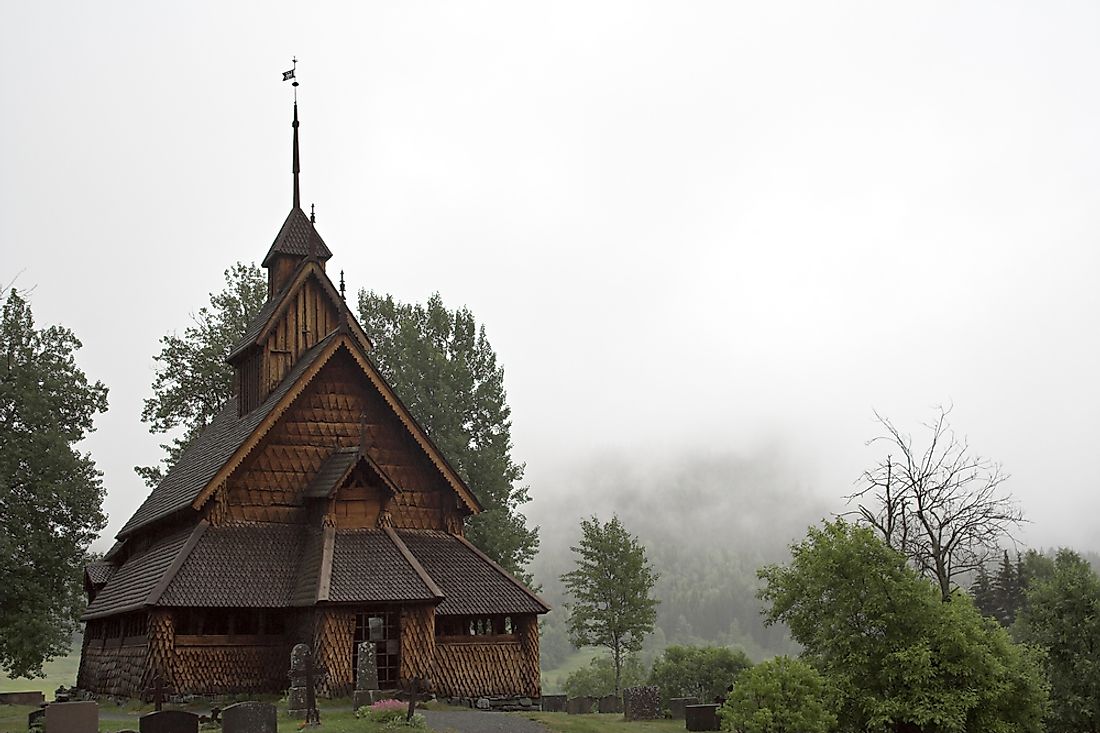
The Eidsborg Stave Church is a small church located near Vest-Telemark Museum in the village of Eidsborg. This church was built in the year 1250 and is dedicated to St. Nicholas of Bari. Although the church underwent reconstruction in the 19th century, the shape of the church was not affected. Inside the church, one can find old murals, ornaments, and painted figures. The church has automatically protected status and is one of the best-preserved stave churches in Norway.
7. Hopperstad Stave Church
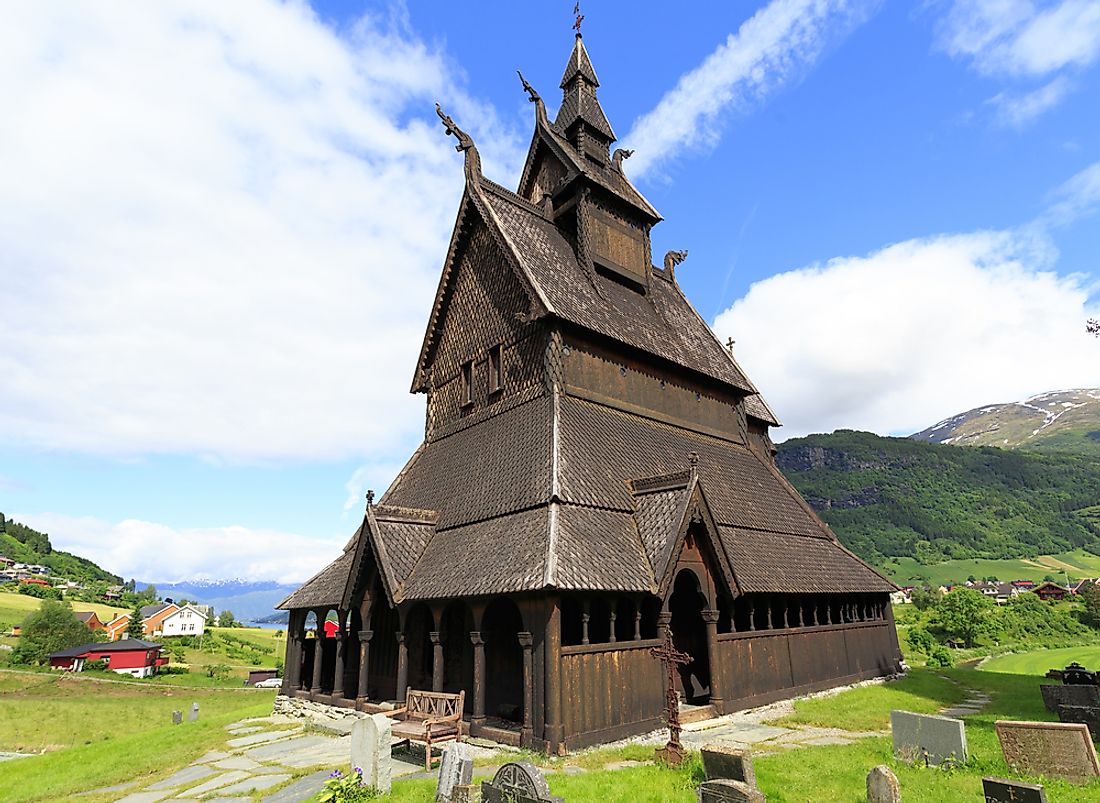
Completed in 1130, Hopperstad Stave Church is located in the municipality of Vik in Norway. The church boasts of a triple-nave structure with a Gothic altar and paintings that show Christ’s childhood. Together with Urnes Stave Church, the Hopperstad church is the oldest stave church in the world. The church was on the verge of collapsing but was saved by cultural conservationists around 1881 with Peter Blix as the architect. The church has an altar that is dedicated to the Virgin Mary. Hopperstad Stave Church is now being used as an educational institution by the local community.
6. Heddal Stave Church
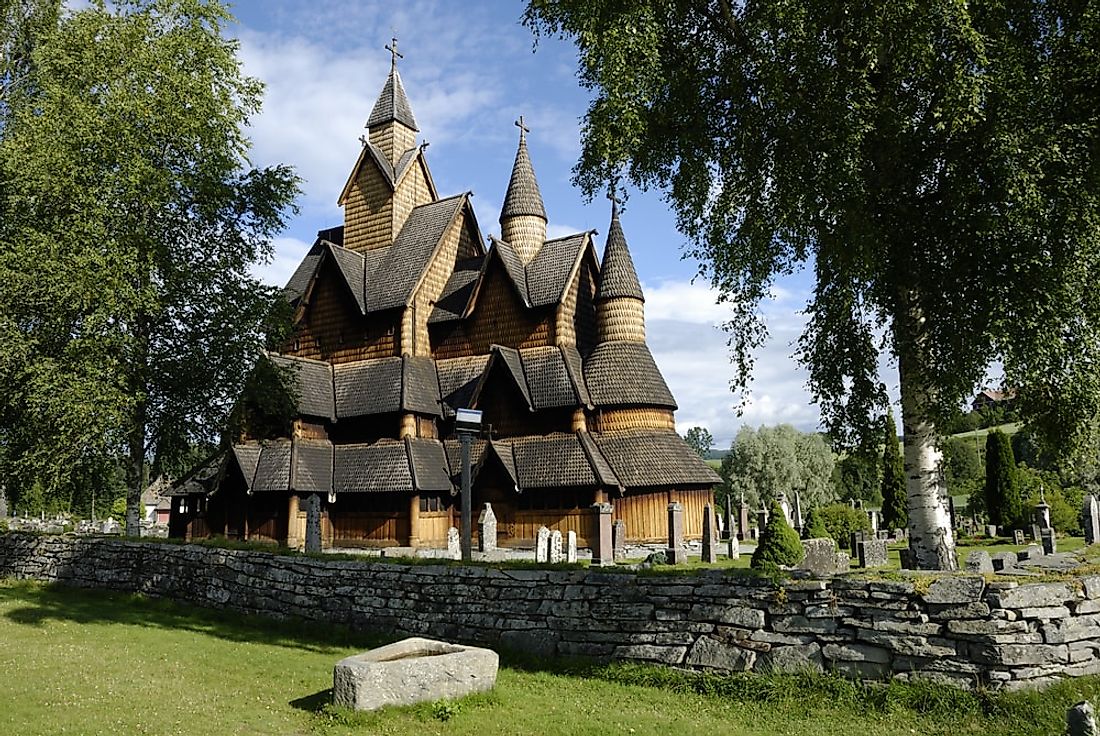
The Heddal Stave Church was built in an early 13th century and is considered the largest stave church in Norway. The church is located in Nottoden municipality in Norway. This stave church is a triple nave church and has undergone multiple restorations over the years. There is a legend in Norway that claims the Heddal Stave Church was built in three days by five farmers. The Heddal church is actively used as a parish church under the Diocese of Agder.
5. Gol Stave Church
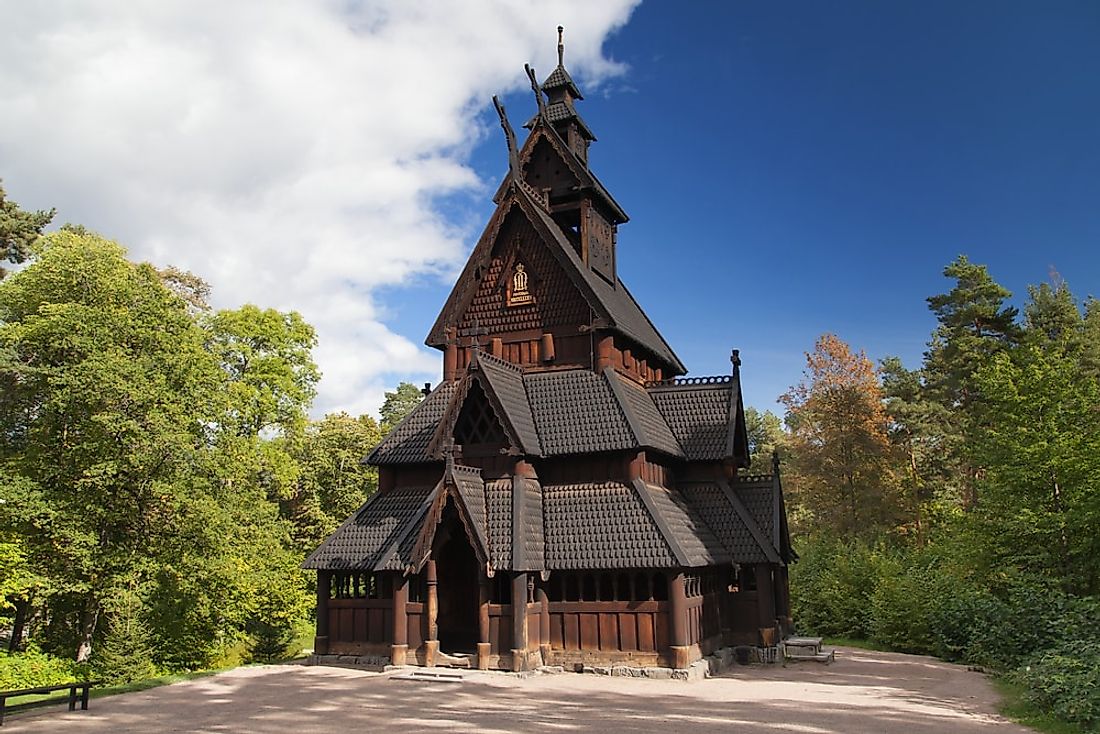
The Gol Stave Church was constructed in the 12th century. The church was originally in Gol. With the rise in the congregation, there was a need to build a bigger church. The Gol church was to be demolished but was saved by the Society for the Preservation of Ancient Norwegian Monuments. King Oscar II paid for the church’s reconstruction. The church is now located in Oslo at the Norwegian Museum of Cultural History.
4. Roldal Stave Church
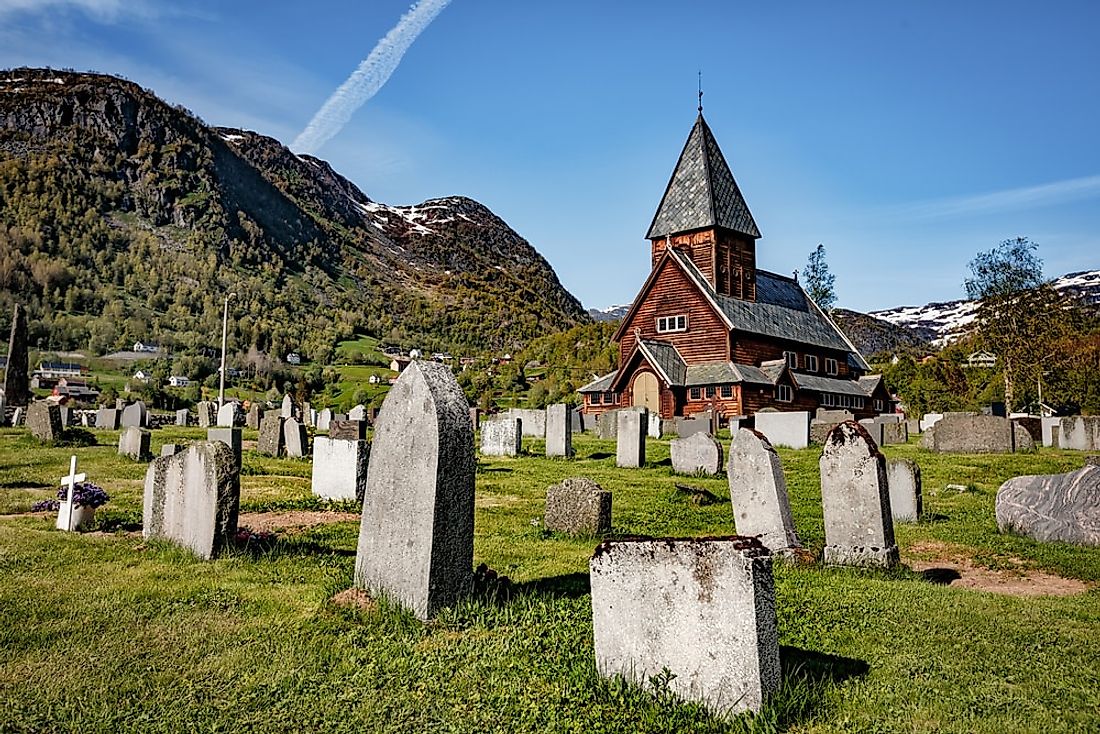
In the village of Røldal, Norway, there lies the Roldal Stave Church which is part of the Diocese of Bjørgvin. The church was completed in 1250 and has a nave that is rectangular and a chancel. There is a legend that claims the healing crucifix that can be found inside the church sweats once every year on July 6. This sweat is believed to have healing powers. This legend has made the church famous in the country. The church is active as both a functioning church and a museum. Being a parish church, parishioners from Røldal gather at the church on two Sundays of every month.
3. Lom Stave Church
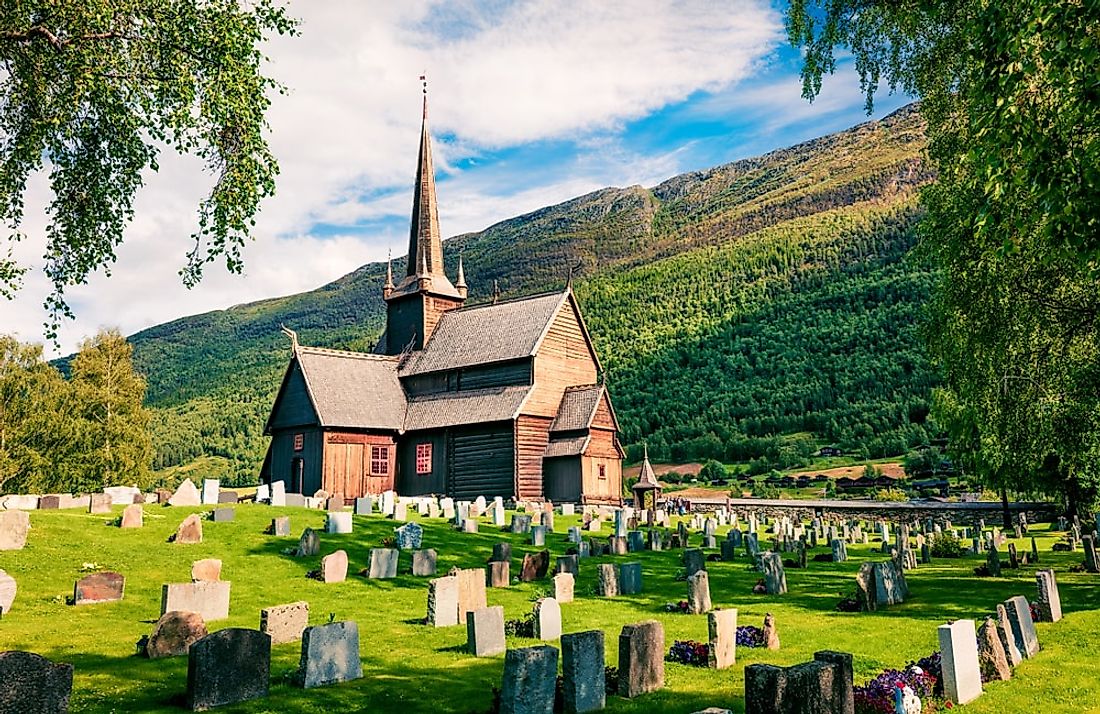
The Lom Stave Church is a triple nave church located in Lom municipality in Norway. The church was built in the 12th century. On the roof of the church, dragon heads have been carved. In 1933, the church underwent a complete restoration that did not remove the dragon heads. In the 17th century, the Lom Stave Church was rebuilt as a cruciform church and has remained as such to this day.
2. Rodven Stave Church
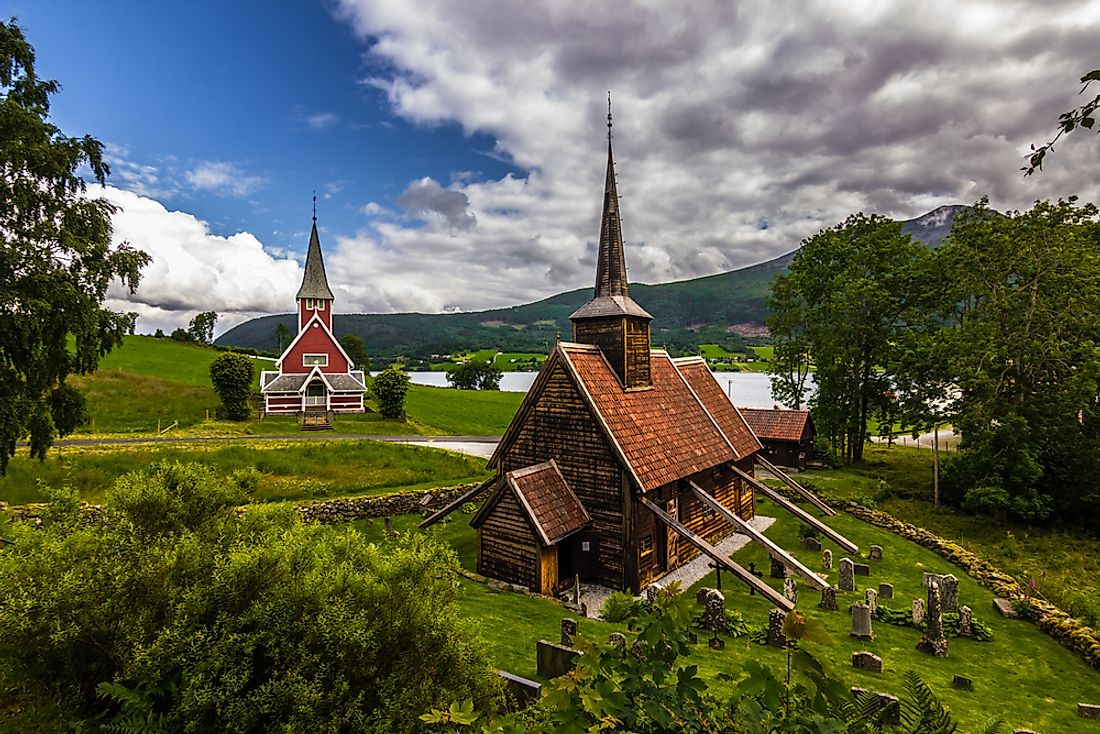
The Rodven Stave Church was built in the 13th century. The church is located in More’s Rauma municipality. Rodven church falls under the Diocese of More. The church has a crucifix that dates back to the 13th century and is considered one of the oldest furnishings in the church. In 1907, after a new Rodven Church was built, the Society for the Preservation of Norwegian Ancient Monuments took ownership of the Rodven Stave Church. The church is now a museum and is not being used for religious purposes except once a year on the eve of St. Olav’s day.
1. Kaupanger Stave Church
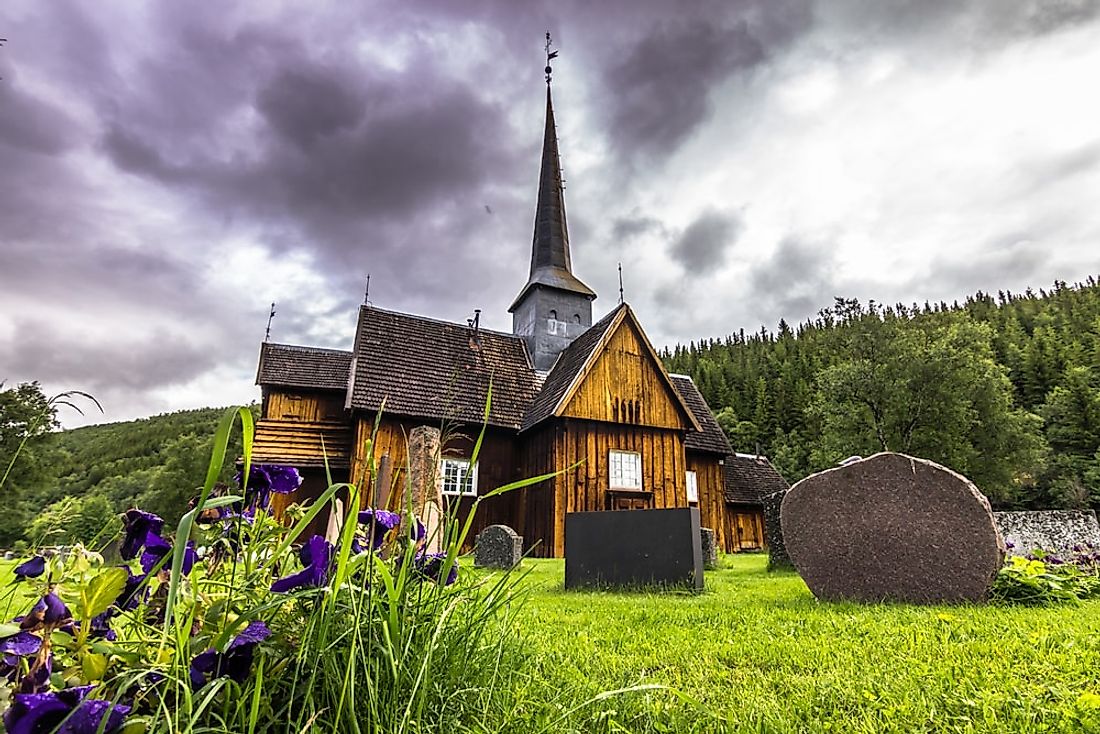
The Kaupanger Stave Church was completed in the 12th century in Kaupanger village in Sogndal municipality in Norway. The church is part of the Diocese of Bjorgvin. The church is considered the largest stave church in Sogn og Fjordane county and has the largest number of staves than all the other stave churches. The Kaupanger church is still active and is the local parish church. The church has an automatic protection status and is one of the Norwegian Cultural Heritage Sites.











